Kids love to play mad scientist. And what better way to get kids excited about chemistry than with a few awesome chemical reaction experiments you can do at home?
Chemistry is an important branch of science that plays a big role in our everyday lives – so it’s definitely a subject children should learn about.

Luckily, chemistry is like performing magic – it’s fun to learn and do!
So, with that said, here are some awesome chemical experiments that can be done at home, all just as fun as they are educational.
Just remember: For health and safety, just make sure to supervise your child while doing the following experiments.
If you’re a teacher, conduct these experiments in class or have the child’s parents supervise them at home.
1. Mentos & Diet Soda Chemical Volcano Eruption
Mixing mentos and diet soda is a classic experiment that produces a large chemical reaction that’s ideal for showing kids what chemistry is capable of.
It’s safe and non-toxic, but the experiment can get messy, so it’s best to do it outdoors!
For this chemical reaction experiment, all you’ll need are a two-liter bottle of diet soda, a test tube or sheet of paper, an index card, and Mentos candies.
You can use normal soda instead of diet soda, as well as M&Ms or Skittles instead of Mentos.
2. Baking Soda And Vinegar Balloon Experiment
If you have never seen a self-inflating balloon, this awesome chemical reaction experiment is sure to amaze the kids.
The best thing is that baking soda and vinegar are common household items, so this experiment is easy enough to do at home.
All it involves is mixing baking soda and vinegar in a bottle and placing a balloon on the open end. The chemical reaction between baking soda and vinegar will release carbon dioxide gas that will inflate the balloon.
3. Green Flames
Copper sulfate is another item that can be easily found in most homes, but what’s special about it is that it can turn flames green.
This chemical reaction experiment is best done in a fireplace or with a small controlled flame.
This is another awesome experiment that’s simple to do. Simply sprinkle copper sulfate onto a flame to see the color turn blue.
You can also use alcohol or an alcohol-based fuel before lighting to achieve a brighter green color.
4. Fireproof Balloon
If you have more balloons left over from the baking soda and vinegar balloon experiment shown above, creating a fireproof balloon is another awesome chemical reaction experiment that’s easy to do and sure to impress.
For this experiment, all you need are two balloons, 50 milliliters of water, a syringe, and a candle or lighter. Simply blow two balloons up, one with 50ml of water added using the syringe.
Hold each balloon over a candle to see which one bursts!
5. Foaming Volcano At Home Experiment
The foaming volcano experiment is similar to the baking soda and vinegar experiment except that it’s less explosive and involves different items.
It uses baking soda, liquid soap, red food coloring, and acetic acid to create a foaming chemical reaction.
All it involves is using plasticine to create a volcano, then filling the inside with baking soda, a few drops of food coloring, and liquid soap.
The last step is adding the acetic acid to watch the volcano erupt. Perform the experiment outside or in a tray to avoid mess!
6. Ice Cream In A Bag
Teach children that cooking also involves chemistry! This ice cream in a bag chemical reaction experiment is a great way to teach kids about freezing point depression, creating a tasty treat that they can also eat afterward.
The main items you’ll need for this experiment include zipper-top bags, ice, sodium chloride as table salt or rock salt, and ingredients for the ice cream, which are sugar, milk, whipping cream, and vanilla flavoring.
7. Elephant Toothpaste
This elephant toothpaste experiment is another simple chemical reaction that you can do at home using common household items.
All you’ll need are an empty bottle (plastic or glass), 6% hydrogen peroxide, dry yeast, dish soap, food coloring, and warm water.
Similar to the foaming volcano, this elephant toothpaste experiment creates a chemical reaction that will see the bottle overflow with a foamy liquid.
To make it extra fun, conduct the experiment with different food coloring!

8. Smoke Without Fire Experiment
“There’s no smoke without fire” unless you’re a chemist!
This fun smoke-without-fire experiment demonstrates an awesome chemical reaction that creates smoke using a combination of concentrated hydrochloric acid and ammonia.
You will need some science equipment to perform this experiment, which includes three flasks connected by gas pipes.
The chemical reaction produces a slow release of white smoke with, you guessed it, no fire or sparks.
9. Liquid Layer Density Tower
Density towers, or density columns, are a great way to show and explain the density levels of different liquids.
You can use honey, corn syrup or pancake syrup, liquid dishwashing soap, water (with food coloring if desired), vegetable oil, rubbing alcohol, and lamp oil.
When you have a jar or container, the key is to put the heavier liquids in first, then pour the next liquids in using the side of the container.
Even if you don’t get it right the first time, it’s a fun experiment that also creates a colorful display item!
10. Slime
If you and the kids don’t mind getting messy, this slime experiment is a fun chemical reaction that will create a thick, stretchy slime that becomes firmer and less sticky the more it’s played with.
You can also add food coloring to create different colors of slime!
For this chemical reaction experiment, you’ll need borax powder, water, glue, and food coloring if you want to add color to the slime. You’ll also need a bowl, jar or measuring cup, and teaspoon for mixing.
11. Ignite A Candle With A Battery
Show your class that it’s possible to light a candle without matches or lighters with this awesome battery experiment! All it requires is an AA battery, chewing gum wrapper, cotton wool, scissors, and a candle.
You might not know this, but the chewing gum wrapper is coated with a layer of aluminum.
As a good electrical conductor, the wrapper will generate an electric current when connected to the battery. The aluminum will heat up and light the cotton, which will ignite the candle.
12. DIY Lava Lamp
Lava lamps are awesome, so why not make a DIY one at home using an awesome chemical reaction?
Although this DIY lava lamp won’t shine as brightly as a regular lava lamp, it’s still a fun experiment that will teach the kids about density.
The end result is a colorful liquid (use any kind of food coloring you like) with floating bubbles that can make a great bedroom ornament.
It’s quick and simple, too, requiring just 30 minutes to create overall.
13. Homemade Science Christmas Ornament
Perfect for the holidays, this homemade science Christmas ornament experiment will get the kids to create glowing crystal icicles that can be hung outside or on the Christmas tree.
It’s simple as well, only requiring borax powder, pipe cleaners, and string or twine.
To perform this chemical reaction experiment, you’ll need to add boiling hot water to a glass jar with borax.
Twist the pipe cleaner around a pencil or pen to create a winding shape, then lower the pipe cleaner into the mixture with string. Leave until crystals start to form!
Conclusion
So there you have it: a list of awesome chemical experiments you can do at home to teach kids about the fascinating world of chemistry.
These experiments are fun, educational, and sure to amaze kids of all ages!
Don’t forget: For health and safety reasons, just make sure to supervise your child while doing the above experiments or, if you’re a teacher, conduct the experiments in class or have the child’s parents supervise them at home.
- Homeschooling In High School: Pros And Cons - February 24, 2024
- How Do I Withdraw My Child From School To Homeschool? - February 23, 2024
- How To Not Go Crazy Homeschooling Kids: A Guide For Frazzled Parents - February 22, 2024
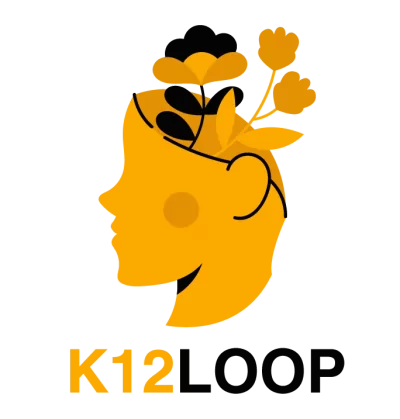

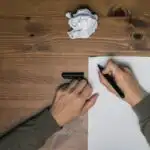
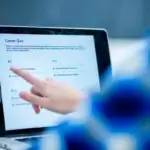



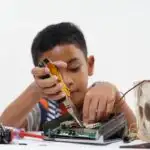
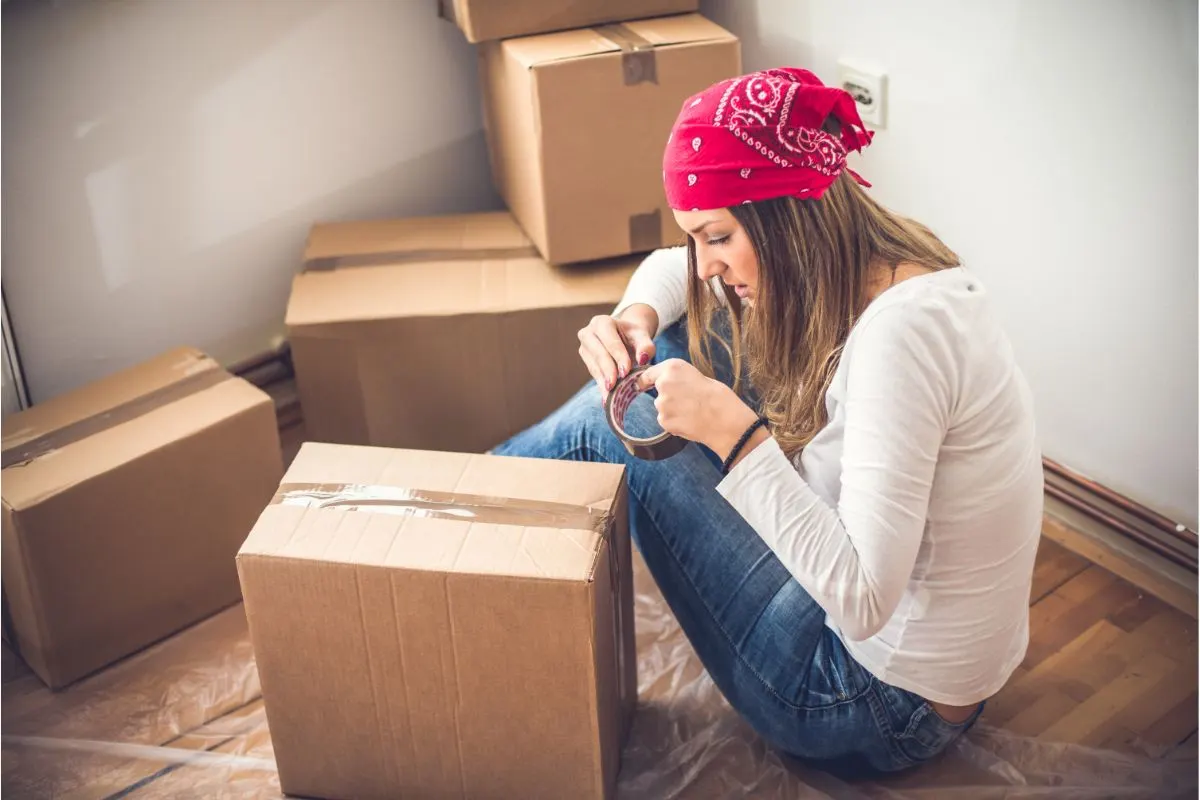
Leave a comment